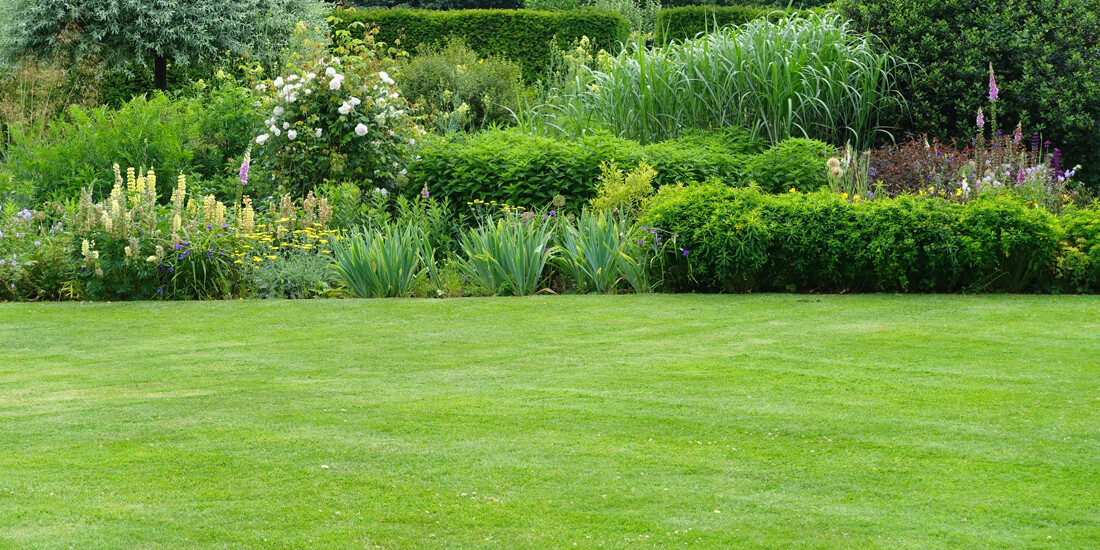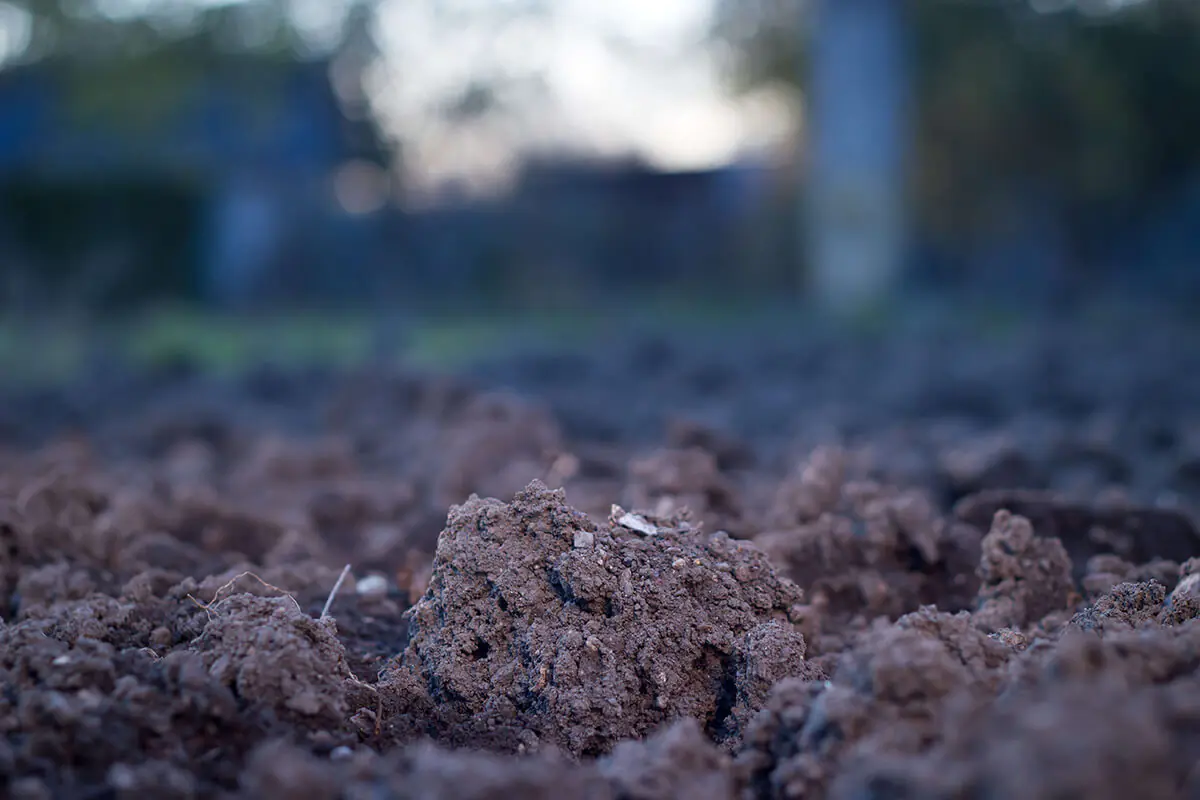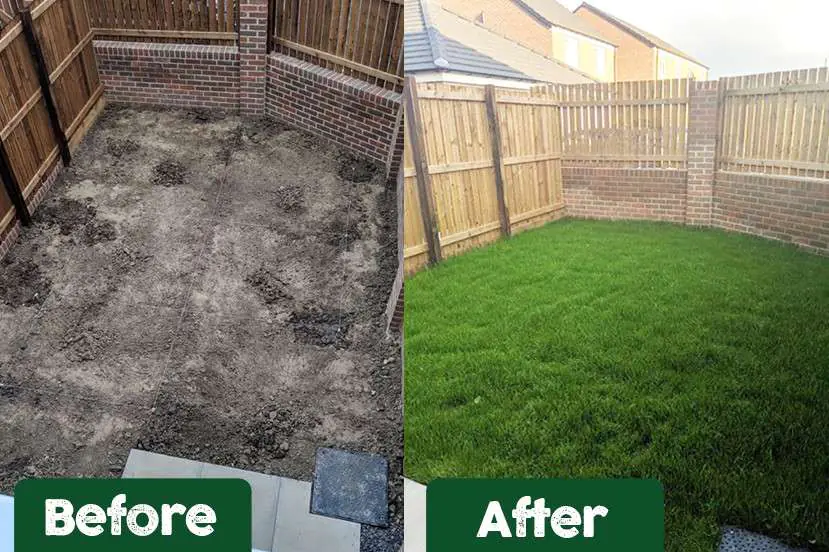How to get the best from your clay soils

So, we’ve made a helpful list of key tips to help you get the best out of your clay soils, get your grass seed growing quickly, and have your garden back up to scratch in no time.
1. Get the right seed for
Nowadays, there’s a grass variety for almost any gardening situation; whether it be to combat tough soils, shaded areas or the family pooch, there’s something out there for everyone. Finding the right variety isn’t always easy, as mixtures can contain all kinds of grass species, and unless you’re fluent in Latin, it can be a bit of a guessing game as to what their properties actually are.
Choose seeds for growing in clay soils
Fortunately, at The Grass People, we created a mix specifically designed for clay soils - IMPRESS: Clay Master. IMPRESS: Clay Master is a specially blended grass seed mixture designed for clay and heavy clay soil conditions. The tall fescue component has a strong deep rooting system, which not only allows it to penetrate your clay soils effectively but ensures a drought-tolerant lawn, especially in clay soils that are prone to dryness. The perennial ryegrass in this mix makes way for a fast-growing and hard-wearing lawn to thrive. If your clay soils are also suffering from shade, combine this mix with one of our shaded mixes to give your shaded clay soil lawn the complete solution it needs to impress.

2. Assess the clay soils drainage
A common problem in gardens with clay soils is drainage issues, with lawns often becoming waterlogged and quickly turning to mud in winter. If drainage is very poor, it may be worth addressing this before sowing. Introducing land drains can be a time-consuming and costly job but can be worth it as the benefits will last for a very long time. Most clay soils aren’t too severe, and you can usually achieve better drainage using less expensive methods. For example, applying lime or gypsum can do wonders for soil drainage, whilst aeration and fertiliser management can further improve soil structure.
3. Aerate your soils for better growth
Aeration is good practice in any lawn, particularly in those with heavy clay soils. Aeration involves creating holes in the soil either through spiking or pricking.
- Spiking: Ideal to do once a year in Autumn with a garden fork. It can also be carried out once every three years using a hollow-tine fork.
- Pricking: This process can be performed more regularly, particularly through the summer months, with a solid-tine aerator.
This practice can be a short-term and long-term benefit and should reduce the risk of having a waterlogged lawn, especially throughout the winter.
4. Fertilise to help grass grow
Last but certainly not least is the all-important fertiliser application. Doing so in Spring and Autumn can provide year-round coverage. It would take a while to list every last benefit that fertiliser can offer your lawn, but the main things to note include great root establishment, better soil structure and better absorption of nutrients. The main benefit in clay soils is the additional boost to drainage and root growth, which helps in especially wet and dry situations.
Some lawn feed options to consider are our QUICK RELEASE: Pre-Seed fertiliser, which you put down before sowing a new lawn. We have a guide on our range of fertilisers and when to use them in our 'What is fertiliser?' blog post.

For further reading, our Help & Advice area is a great resource for all things to do with growing grass and general lawn care, using lawn fertiliser, growing and maintaining a wildflower meadow and caring for the birds in your garden. We have a Frequently Asked Questions section, which includes a range of answers to questions that customers have asked us over the years.
If you have any other questions, please feel free to get in touch; we are always happy to help.